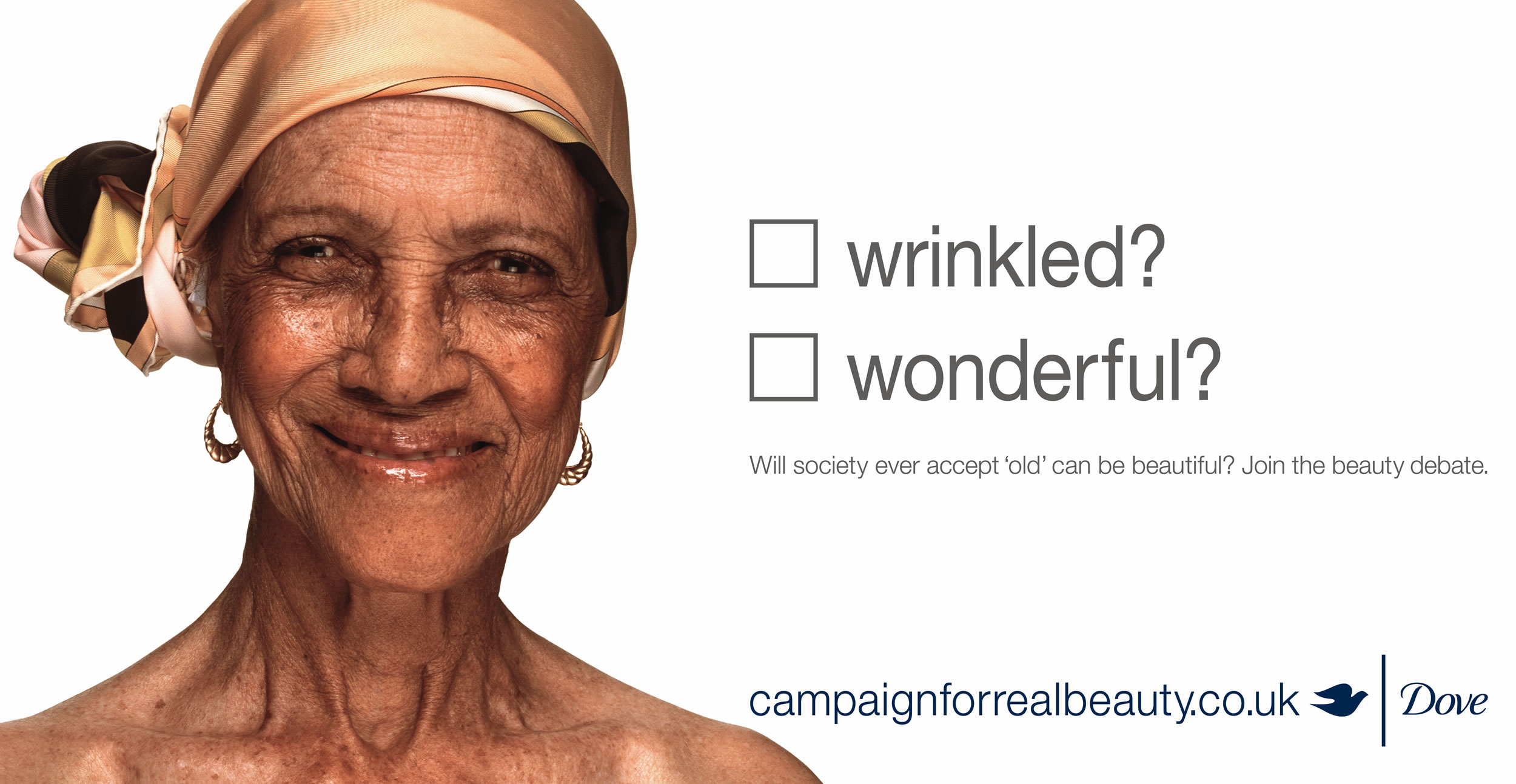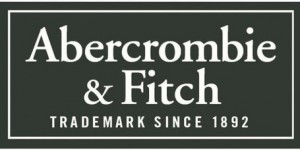

Color Outside the Lines


My evening was well spent; reading insightful blogposts across Comm101 should really become a hobby. In particular, I’ve came across Matthew Anderson’s blog, which stands out to me as it touches on a topic close to my heart. As an owner of Nikon DSLR, I was quite unhappy seeing the DSLR market shrinking at the rate at which it is.
First of all, I do agree with what Matthew’s reasoning behind the reason for the industry’s deceleration. Cellphones today are being released with increasingly advanced camera options; and what’s more? Phones these days might actually trump a DSLR, the Nokia 808 pure view having 42 megapixels – twice as much as most DSLRs. It’s evident that more people are buying hand phones with equivalent cameras rather than a large, heavy, digital.

Talking to a friend about his opinions on the matter provided some valuable insights. “A DSLR is more like a musical instrument, unless you know how to properly use one, it’s useless” he said. To him, a small compact camera that would allow him to capture moments with his friends far better; it was more portable and easy to use.

So on analyzing the case, I’d say I agree with Matthew. I believe that for DSLR companies to continue to be profitable, it must use their expertise in cameras and apply it to the Smartphone market.
Link to Matthew’s Blog: https://blogs.ubc.ca/matthewanderson/2013/11/12/dslr-cameras-failing-exposures/
In Shubhankar Rustagi’s article on the government shutdown, I found his take on the issue very interesting as he looked at all the short term causes and effects of the shutdown. Even though the shutdown was short lived, it’s apparent that there have been some lasting impacts across the government. Upon research, I’ve found there are some long term ones as well.

Firstly, most of the projects in NASA were put off, with some of their facilities shutdown even. Even though the government is now up and running, these projects will still take time to restart. Important projects like those to measure the rate at which the ice sheets in the polar caps was melting have been shutdown.

Secondly, I found that they had also shutdown their national parks, which have still not been re-opened. These will be continue to be closed till further notice this means that they will be loosing prime tourism money. If this were to continue they would struggle to re-open with the state budget, which has now been reduced for the national parks. But I do believe that his view on the effect his will have on the global economy and the future of the American economy could not be more accurate.
Word Count: 207
Flip through pages of Billionaire Magazine; you’ll find Maserati’s, Azimuts Yachts, Gucci wardrobes, and what’s this? Vertu? Yes, Vertu. The New big thing in the luxury product market, a smartphone with market prices at $9600, on average.

The Vertu Ti smartphone is a phone covered in sapphire, titanium, gold and diamonds. Sounds pretty, doesn’t it? But here’s the hook; Why, in an economy which is slowly recovering from a recession would you ever shell out $6,000 on what is essentially a Samsung s4 on the inside? The answer is the same as one you would get if you ask anyone who has bought a Rolls Royce in the past 5 years.

Vertu has come to be known as the Rolls Royce of cellphones, and while most phone companies were struggling to make a decent profit we see that Vertu was growing. This is partly because Vertu had somewhat of a first mover advantage. Not many companies had thought of delving into the world of luxury cellphones. But for a man who owns a luxury yatch and a Malibu beach house what would be better than to have his phone match his opulent life style. Thus I believe that Vertu has been able to successfully capture a niche market but creating a product which is under provided and has a large profit margin.
If you haven’t read about it already, snapchat was offered an astronomical amount by Facebook for its buyout; A whooping 3 billion dollars. Now, I’m no economist or business professional, but if I was owner of a company whose net current value approximated to $860 million dollars, was offered 3 billion for a buyout – nearly 4 times it estimated value – I would be pretty darn keen to signing those papers.
But as we see from recent news, the CEO of Snapchat, Evan Spiegel has indeed declined the offer from Facebook. “$3 billion isn’t cool, you know what is? Walking away from 3 billion dollars” he says.

Sure, this sounds cool Evan. Smart though? We’d have to take a closer look. Currently Snapchat is a company that has no revenue or business plan; Rejecting the offer thus seems foolish. But, I do believe that this was done for a reason. During the recession, most other companies were losing money. Snapchat though was busy growing, and in today’s world, where social media sites are fueled by photo and video sharing, it found its fortress.
Snapchat has hence declined the offer, understanding that it’s value proposition is trending in today’s industry, and a buyout far bigger could be waiting for it along the lines. If Evan would even want to sell, that is!
For some cooler insights on Evan’s Decision, check out: Why did Snapchat’s 23-year-old CEO reject a $3 billion buyout offer?
Word count: 219
Ask anyone in Marketing, and they’ll tell you; A Brand’s success lies in its point of difference. And when we look at successful Brands over the past 15 years, Dove Beauty stands out like the North Star. A Soap Brand valued at $200 Million during the early 1990s is now estimated at around $4 Billion, and a lot of their success comes down to innovative, down to earth branding, and a point of difference that touches the hearts of woman everywhere.
An Example of Dove’s Campaigns: Dove real beauty Sketches

Looking across the Dove campaigns though, there are many points that are inevitably obvious to critics. The possible selective bias that many of the campaigns hold, and the empathy card that’s being pulled into each and every one of Dove’s ads make us question; is a brand’s point of difference – one that usually develops impressions of the brand at a deeper, psychological level – in any form misleading? Are a company’s point of difference simply halos they wear in front of their consumers?
The bottom line is that, the Dove Marketing team has collectively produced results stretching far past the norms of advertising, their campaigns changing lives – and inevitably, bringing in revenue that’s 30 times their expenditure. Taking a campaign and letting it grow into a platform that motivates and empowers human being is remarkable, all criticism unsound.
There’s been recent news that is sure to get hearts racing for Potterheads everywhere. Warner Bros. have confirmed to the media that a new Harry Potter movie is being released[1], with screenplay written by none other than JK Rowling herself.

The Harry potter Book franchise was monumental, changing teen literature and the extents of our imagination immensely. The seven books were beautifully written, with the last one tying together plots and subplots neatly, giving the series a well-deserved grand finale. But soon after this Denouement, JK released to the press information on Pottermore, which – after a grand waitlist and a dramatic buildup – ended up being nothing more than a basic online roleplaying game. Though this seemed to me as a slight letdown to the sanctity I held for Harry Potter, I digested it and moved on.
Now, NY times has come out with an article (Found here: http://www.nytimes.com/2013/09/13/business/media/warner-jk-rowling-partnership-will-include-new-wizardry-film.html?_r=0) which indicates a contract between Warner Bros and JK Rowling for “new movies, distribution rights to a television mini-series and new theme park attractions”. If that doesn’t scream brand exploitation, I don’t know what does.

The Propaganda behind all of this new merchandise lies in the fact that it comes with a ‘JK Rowling’ & a general ‘Harry Potter’ tag. This, in my opinion, takes away credibility to the initial quality behind the name, and I’m sure many others feel the same way too. With mixed feelings on the movie and theme park, I can’t help but wonder: how much marketing is too much? Is there a limit to how far the value of a brand name can stretch?
Let’s talk about it in the comments below!
On a side note: 11 reasons UBC is actually Hogwarts. Must read! http://whatweshouldcallubc.tumblr.com/post/63436363902/11-reasons-why-the-university-of-british-columbia-is
[1] Labrecque, Jeff. “J.K. Rowling and Warner Bros. Announce New Movie Franchise Set in Wizarding World.” EW.com. N.p., n.d.
Facebook, twitter, linkedIn, google+; Unless you’ve been living under a rock, you’ve probably heard about them… but does Tumblr ring any bells? Yes? Probably more so now, given its recent takeover by Yahoo!
Being an avid tumblr blogger myself, the news of this recent takeover has been at my attention quite alot. And as a Business student, I was more than curious. Mergers and Acquisitions have proved to have numerous advantages, boosting revenue streams, developing markets, you name it. But what’s interesting about this particular takeover to me, is two things: The platform strength behind both enterprises, and the nature of both the platforms.
Tumblr is more than just a microblogging website – and this isn’t just personal bias speaking. This tightknit community generally consists of 15 – 30 year olds, a Client base which is extremely protective of their platform[1]. Yahoo on the other hand, has a much older market. Though this takeover provides a new platform for display monetization, it brings with it a brand new, vastly different viewer base; ‘the cool kids’. Who’s going to give up their brand culture, yahoo or tumblr?

Another point to look at, is Tumblr’s market share. “Among the battle of who is the fairest amongst the platforms – tumblr is kinda flat to modestly down in our research” says Scott Galloway, a marketing professor at NYU[2]. Given Yahoo!’s current net value of US$14 billion, a US$1.1 billion price tag[3] on this takeover would need to yield results, and do it fast. So yahoo: frankly, what were you thinking? A huge investment on a social media platform that is not only dull in the markets, but is also giving your advertising and brand a cold shoulder?
watch?v=hZhm6OoJ0o8 A great interview for some more great insights on the takeover
So how is yahoo going to successfully integrate tumblr? Leave your comments below!
[1] Sternberg, Josh. “15 Stats Brands Should Know About Tumblr.” Digiday. N.p., n.d.
[2] MacMillan, Douglas. “Yahoo’s Mayer Stakes Turnaround on $1.1 Billion Tumblr Deal.”Bloomberg.com. Bloomberg, 21 May 2013. Web.
[3] Saroff, John. “5 Reasons Why Yahoo Is Making a $1.1 Billion Mistake with Tumblr.”CNNMoney. Cable News Network, 19 May 2013. Web.
Armani, Fendi, Vera Wang, Manolo Blahnik… Labels sprinkled across runways all around the world. Labels hung through closets of the rich and famous. Labels that make the average woman (or man!) sigh over her/his mid-average pay and dreaded credit limit.
Fashion is an integral part of our lives, the industry valued at US$1.7 trillion and employing 75 million people worldwide[1]. Harvard Business grads Jennifer Hyman and Jennifer Fleiss looked at this reality[2], and as business undergrads do, saw the silver of opportunity for a great business venture. What if, you could economize the fashion industry, take away the niche, and provide designer fashion to the masses, at rent?

This business plan stuck a chord for me, back to Dell’s virtual Integration Strategy[3]. Though Dell essentially dealt with strategic supply chain management, both companies eliminate middlemen; Reeling in revenue by handing over products directly to customers – No retail outlets, no firsthand production. Though this rental system makes for a smart business plan, the fashion industry seemed like an inappropriate platform to implement it in. High Fashion depends, at least partly, on its exclusivity: You want what you can’t have. I’d questioned how the Enterprise managed to collect sponsors and bring in its supply.
With some research, I’d evidenced that though exclusive niche marketing is essential for high end brands, this setup works as an “experiential marketing engine”[4], essentially widening a designer’s customer base.
Overall, a hugely successful business plan that satisfies the fashion famine in the everyday world!
[1] “Global Fashion Industry Statistics – International Apparel.” FashionUnited.com. N.p., n.d. Web.
[2] “The Backstory – Rent Women’s Dresses & Accessories | Rent The Runway.” Renttherunway.com/backstory N.p., n.d. Web.
[3] Magretta, Joan. “March 1998.” The Power of Virtual Integration: An Interview with Dell Computer’s Michael Dell. N.p., n.d. Web
[4] Kansara, Vikram A. “Rent the Runway Raises $24.4 Million.” BoF The Business of Fashion.
Community Fair trade, non-toxic, green initiative, USDA organic; Tags commonly heard on large conglomerates, summarizing what?
Ethics. Corporate Social Responsibility. But why? From a Business standpoint, ethical culture harvests brand loyalty. These labels stamped on the back of a the Body shop soap bar lets me, as a consumer, know that by Buying this particular Shea butter soap, I’ve helped a woman in Mbanayili village, Africa pay her family’s welfare funds. Yes, the soap is considerably more expensive than your average joe drugstore soap bar, but I’m helping mankind. I am!
My point is this: ‘Ethical, socially responsible’ companies – such as Body shop or The Gap – manage to target the niche upper-middle households and cultivate brand loyalty through advocating good corporate culture. But do ethical practices stop with these labels?

The above article made a pretty big début this summer, with Abercrombie and Fitch CEO Mr. Jeffries candidly voicing discrimination against plus sized consumers and employers. Earlier criticism addressed his negligence of minorities, again, for the same reason that to him, he risks becoming “totally vanilla” by targeting all consumers. His brand, to him, targets your typical ‘All American beauty’, aka, White and Size Zero. Period. I don’t know about you, but there’s something dangerously wrong with that outlook.
The fact to consider here is that ethical business practices don’t just extend to being accountable for your tangible resources, or honest trade. We, as professionals in the 21st century, are ethical by representing our brand as one with integrity, poise, and acceptance. That’s an ethical business in my books.
—————————————————————————————————–
References:
Recent Comments